Walk 16: Ghost Town
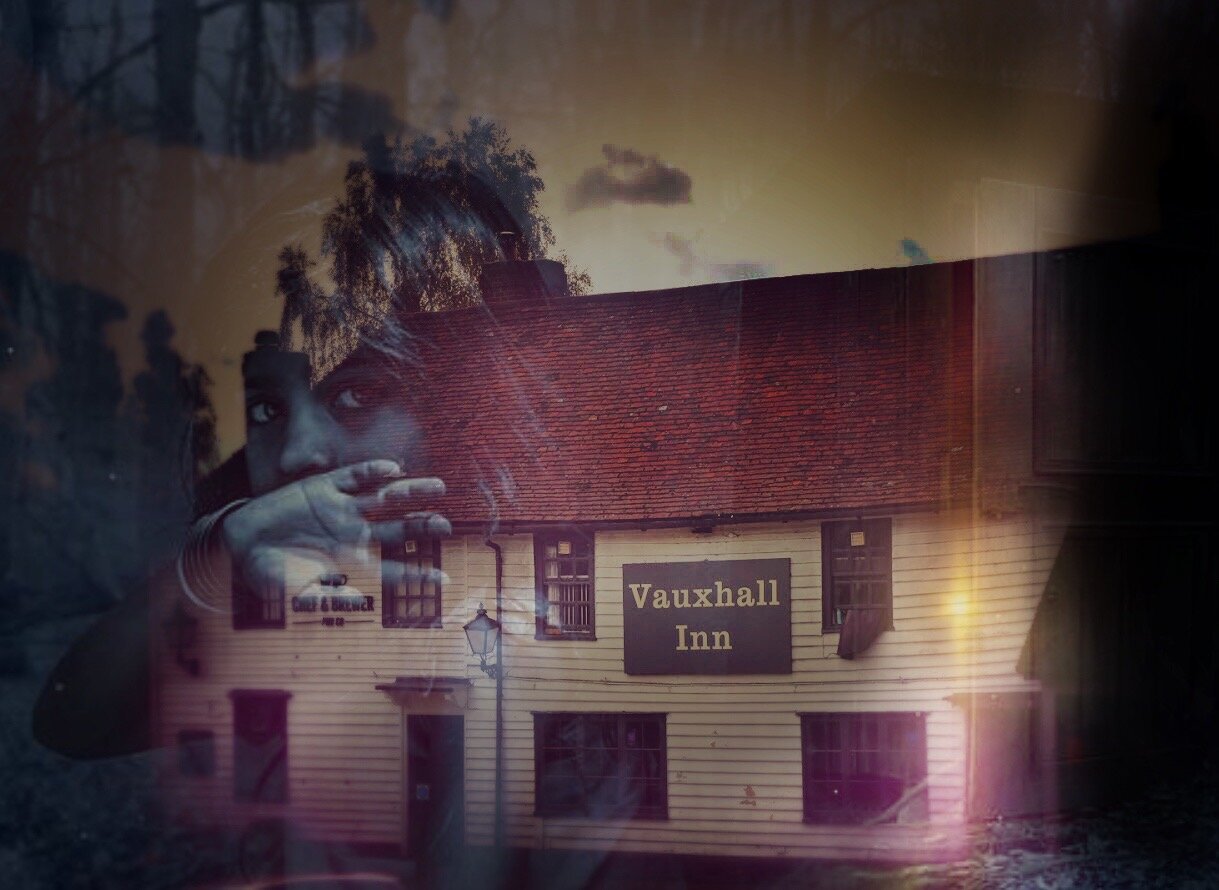
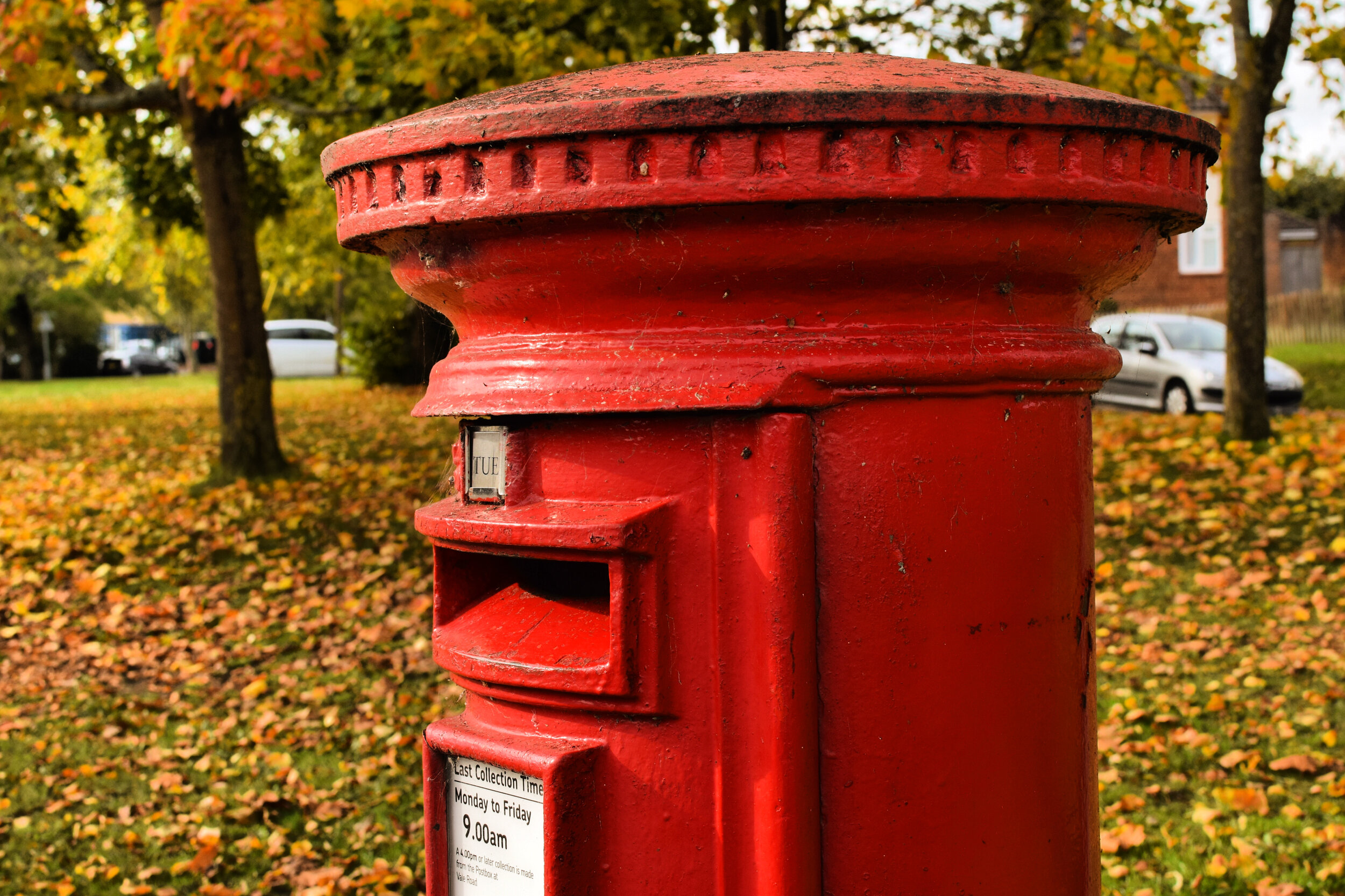
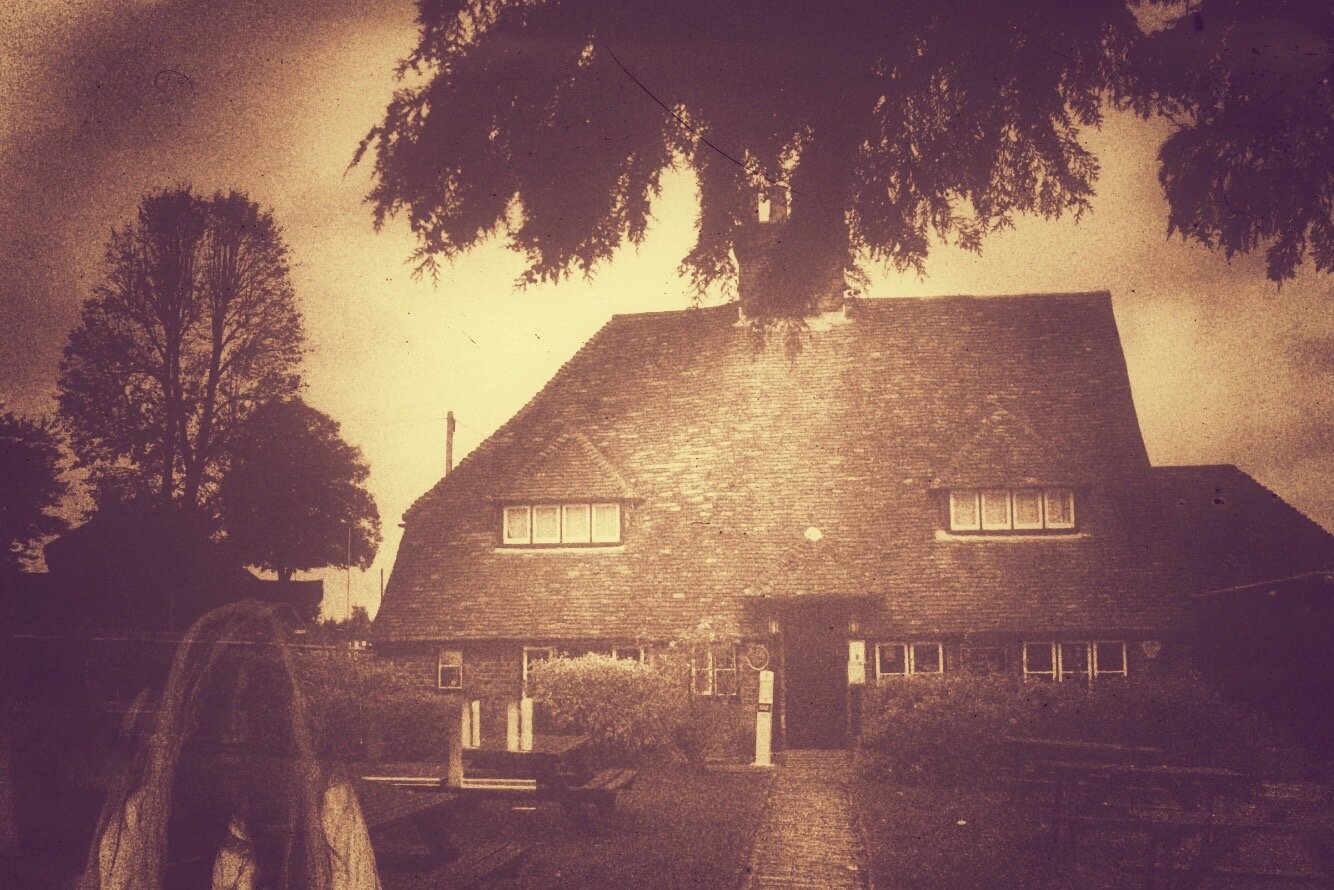
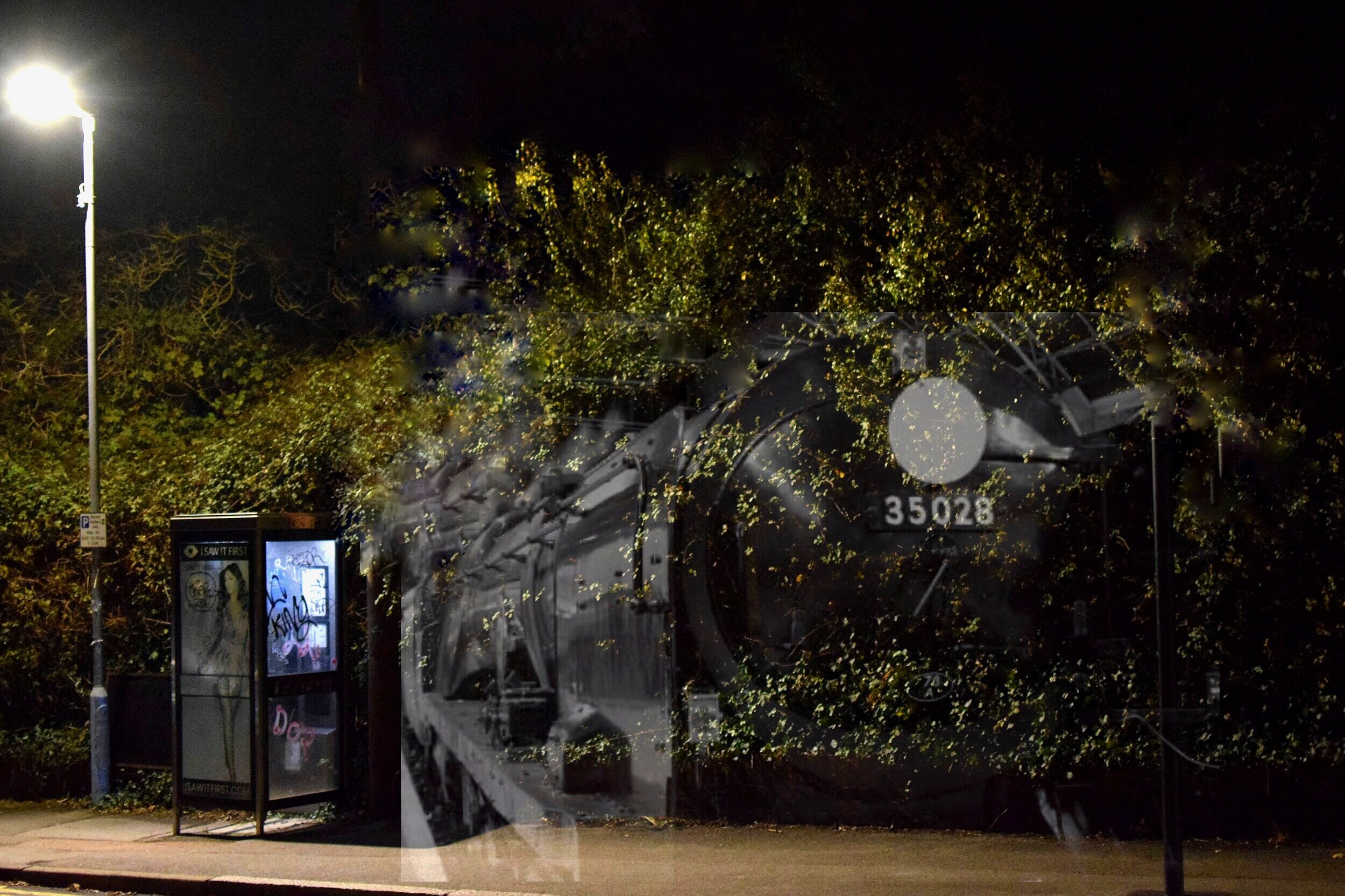
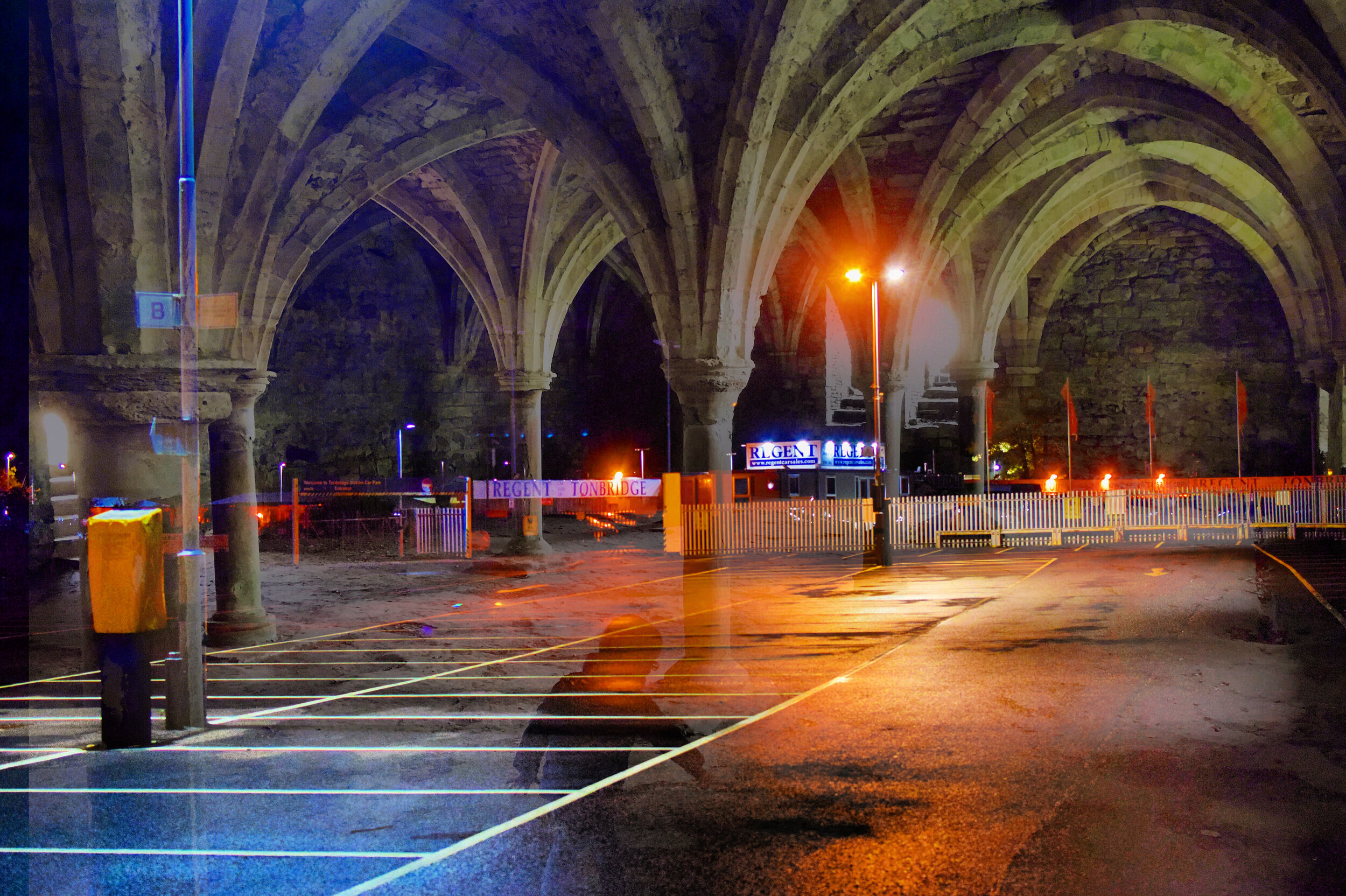
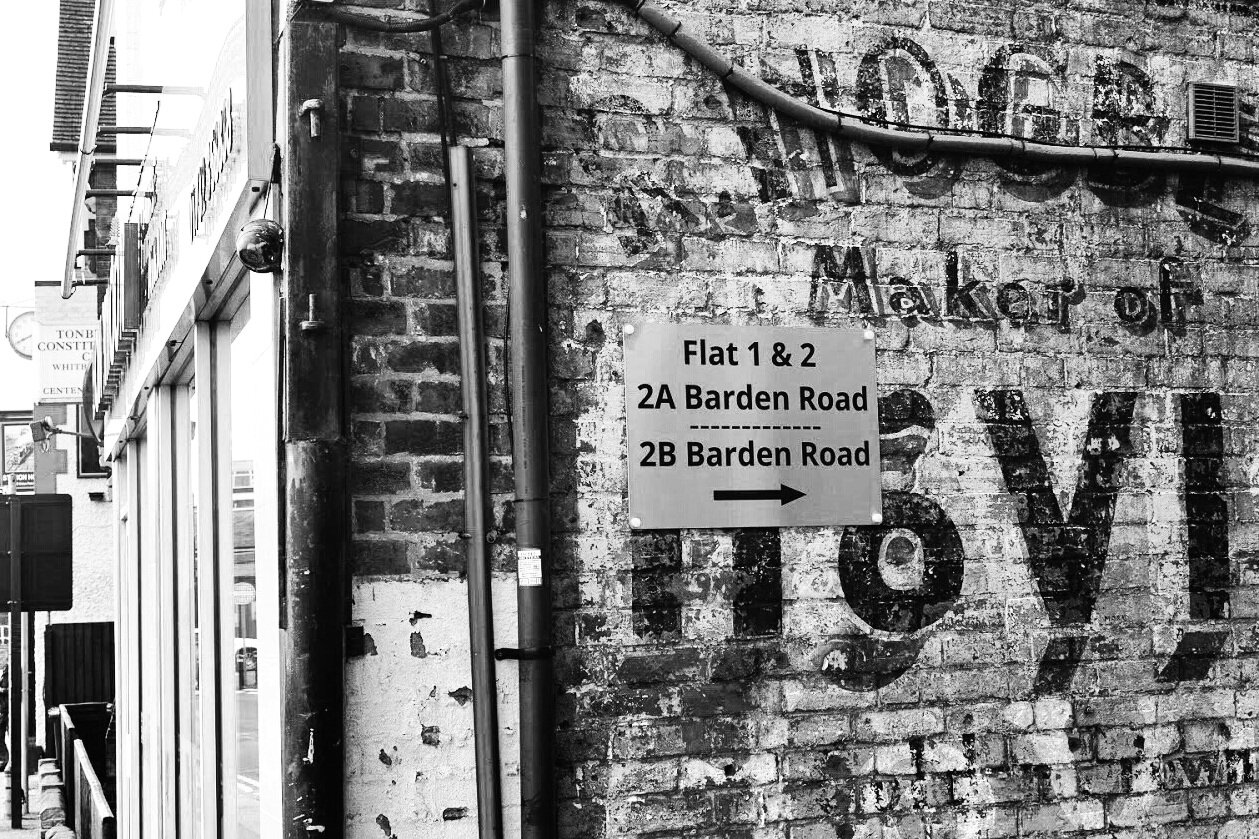
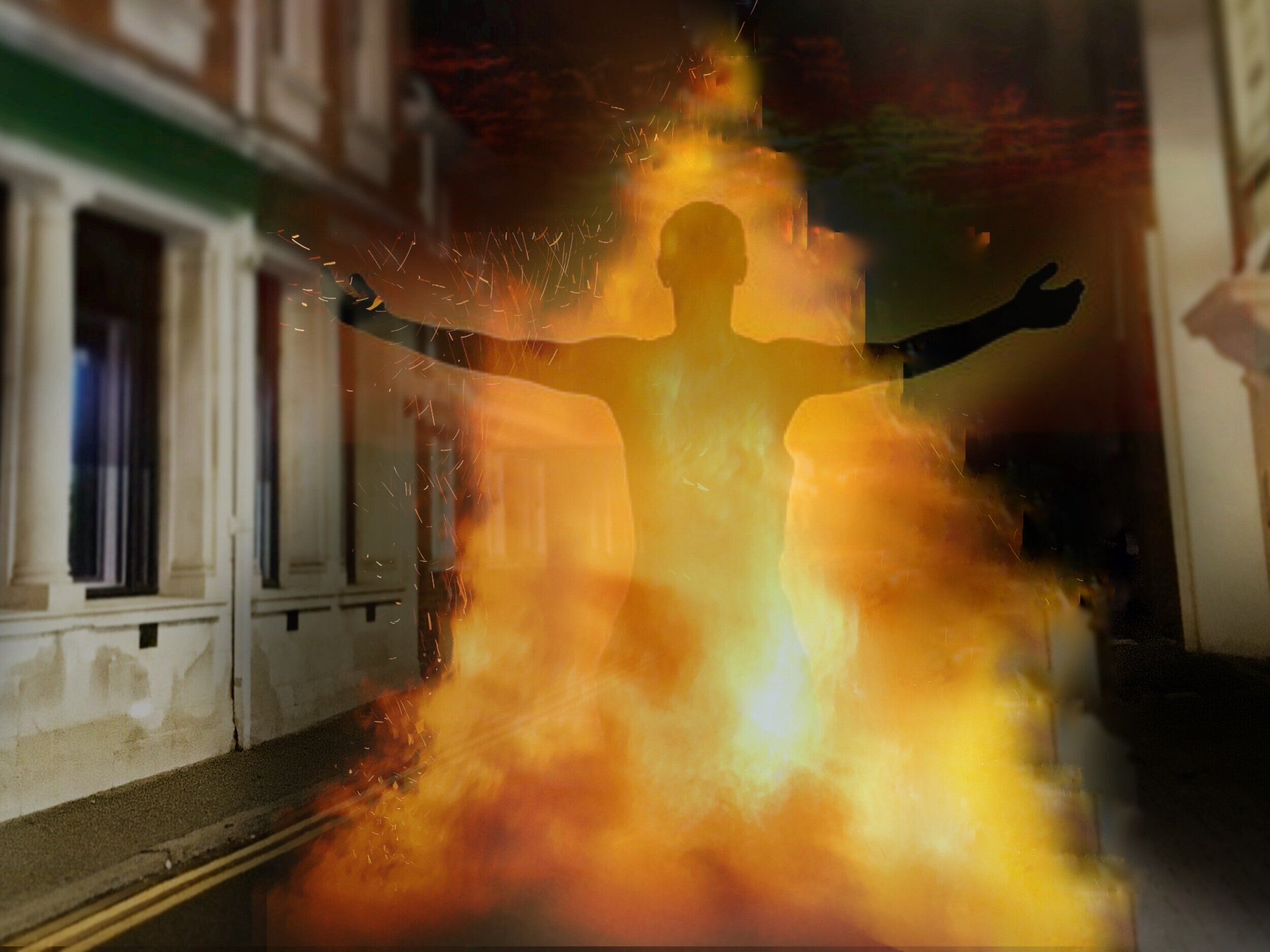

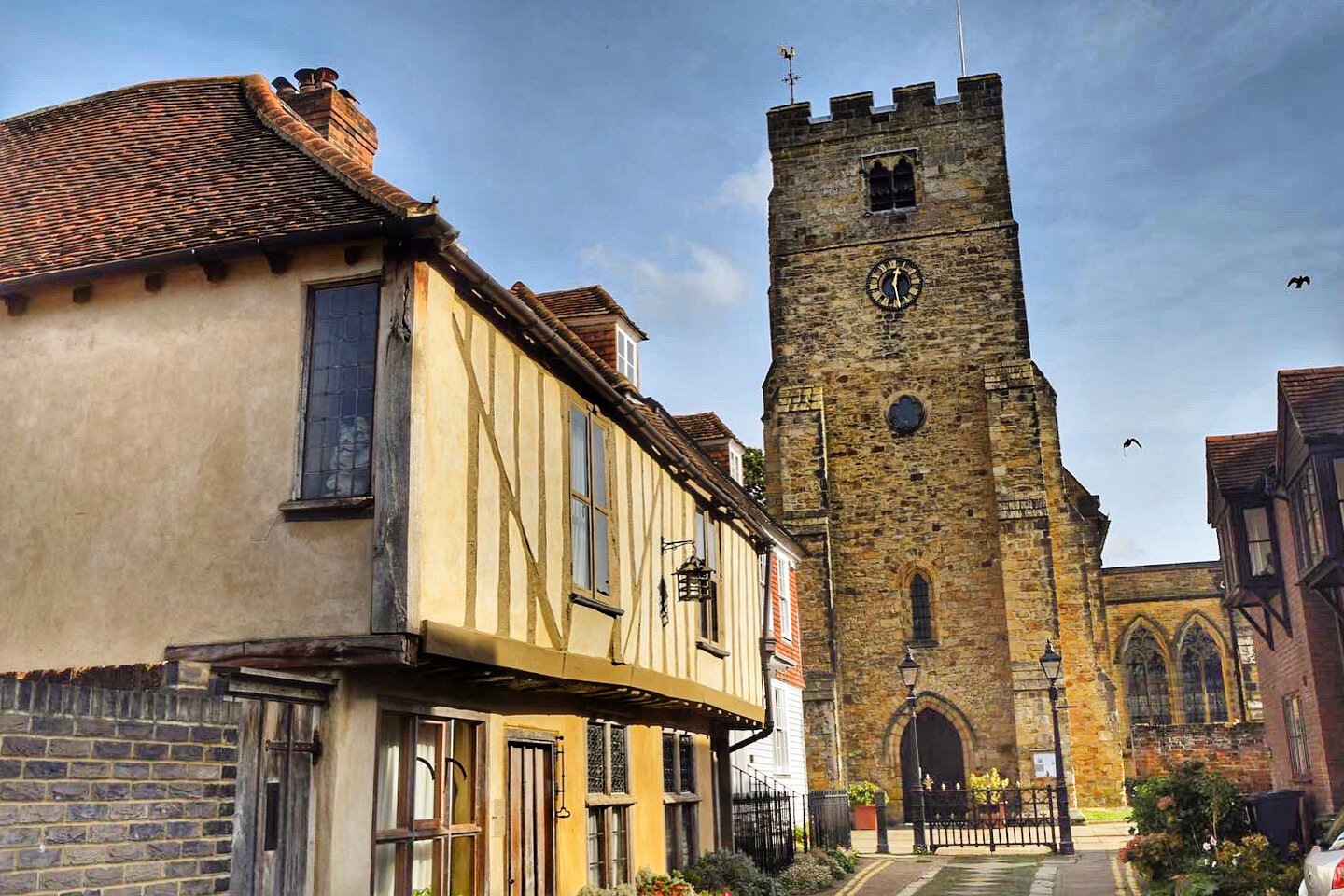
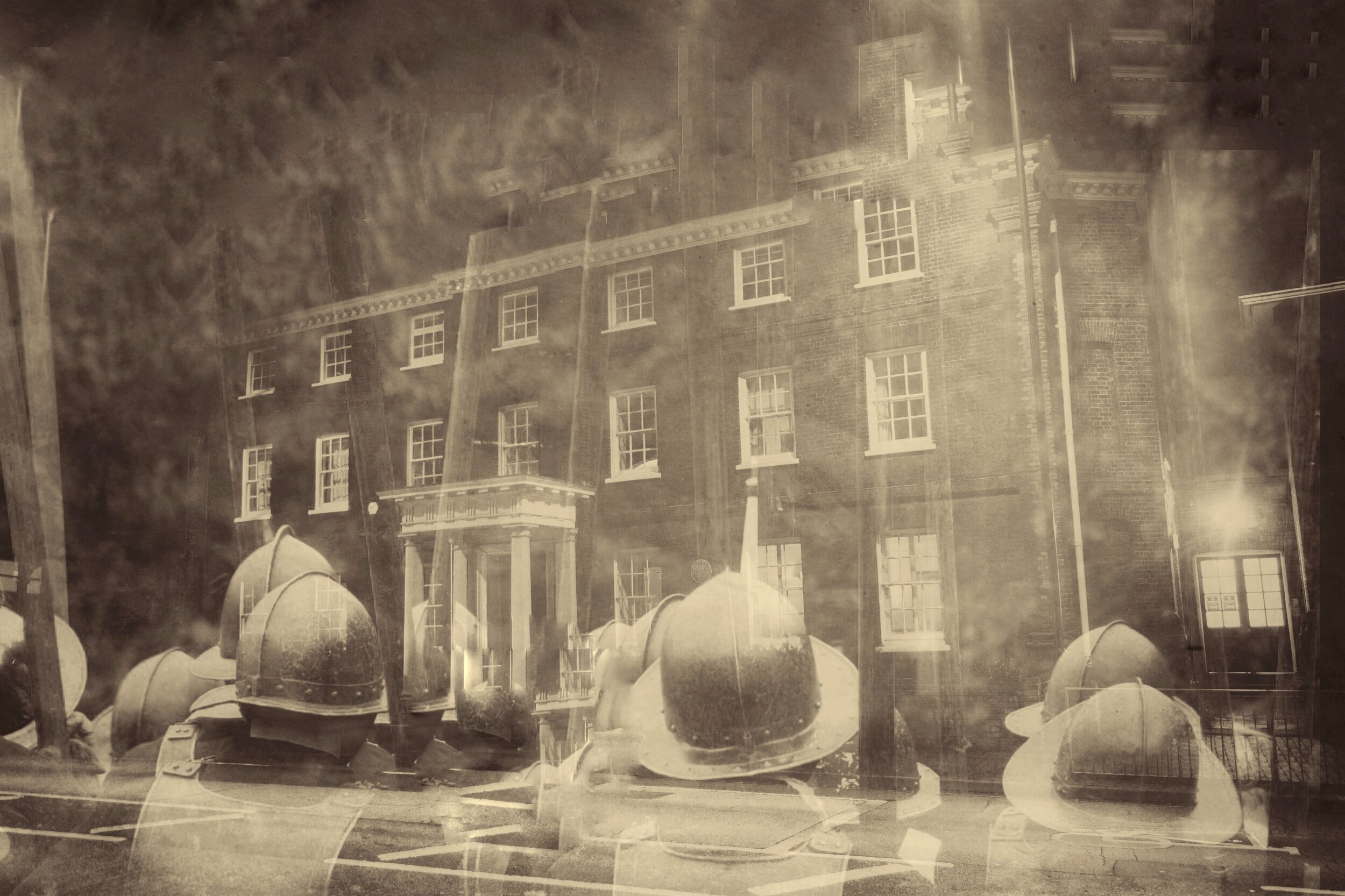

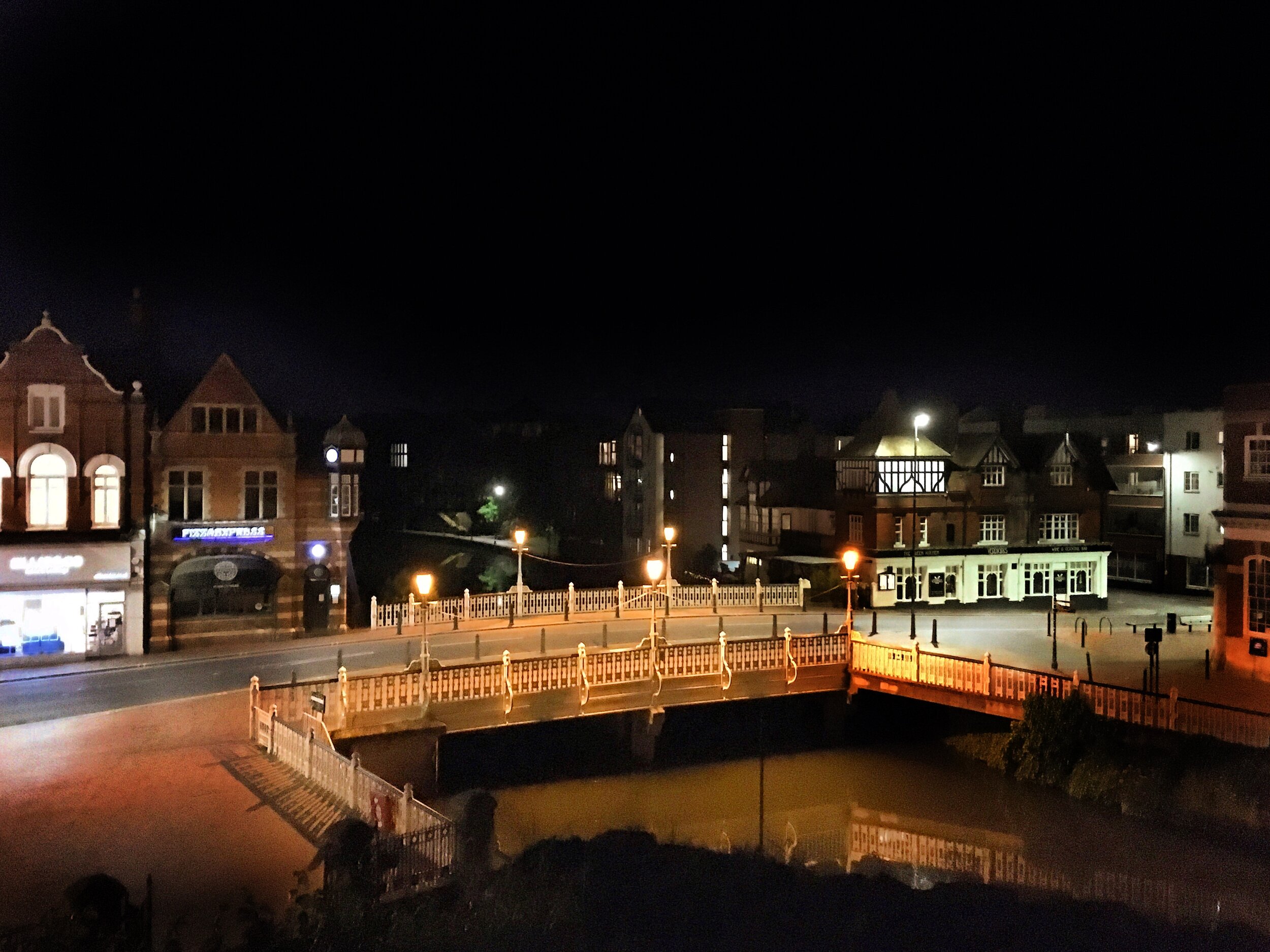
It’s fair to say that 2020 will be a year that haunts us for some time to come. I can still recall the blood curdling screams from home schooling and the thought of eating another slice of banana bread is enough to make me shudder. In all seriousness though it’s been a horror show of a year for everybody and in countless different ways.
For many of us walking has been an escape from the realities of the pandemic, offering the opportunity to take sanctuary in nature and reconnect with the countryside that surrounds us.
Now that the clocks have gone back and the rain has set in, I’ve found my evening walks migrating back to the town; exchanging muddy paths for pavements and the glow of sunset for the glare of street lamps.
Town and country will always be chalk and cheese, but as you will find on this walk there’s beauty and history to be found in both.
Autumnal Tonbridge streets
Begin your walk at the Vauxhall Inn. This old pub and restaurant has provided food and shelter to weary travellers making the long trip between Hastings and London since its origins as a coaching inn in the 18th century.
The warm welcome you will receive is just enough to take the edge of any lingering chills you may feel around the pub, rumoured to be haunted by the ghost of a young girl that was brutally murdered nearby in 1901.
Young Frances O'Rourke had been delivering a package to a tailors shop for her father, a home working tailor that lived in Southborough. Frances left the shop just before 4pm on New Years Eve but never returned home. As the dark winter night closed in, New Years Eve celebrations were put on hold as the villagers searched for the missing girl.
The Vauxhall Inn, alleged to be haunted by the ghost of a murdered child
The following morning her nearly nude body was spotted in a watery grave at Vauxhall Lane by two local labourers, heading for work. Thomas Doust and Joseph Nye, pulled her lifeless body from the pond and rushed her to the nearby Vauxhall inn, where her little corpse was laid out at the stables. An examination of her body by Dr Watts and Inspector Savage revealed that the poor girl had been stabbed behind the ear and the murder weapon had been carelessly left in the poor child’s tangled hair.
The horrific crime sparked a man hunt for her killer and before long CSI Tonbridge had found their man. The suspect was Harold Apted, a 20 year old man, living with his parents at Woodfield Road. He was arrested just two days after Frances being found, having been recognised by a lady called Mrs Hollanby who identified him as the owner of a van that the police associated with the murder.
The Kent and Sussex Courier reported that he was said to be a "quiet, inoffensive, and respectable young fellow", but evidence heard by the magistrates court in Tonbridge was to suggest otherwise.
The pond outside the Vauxhall Inn
The bench (one of which was Mr Charles Fitch Kemp, who you may recall from our 'Tales from The Shire' walk) were told that Apted had been found at his home wearing blood stained clothes. Despite his best efforts to scrub his van clean, further blood stains had appeared beneath the floor of the vehicle, having seeped through. He argued that as a delivery driver for the butchers, this wasn't unusual, but his defence did not hold up. After being remanded he was formally charged with murder on the 18 January before being sent to trial at Maidstone the following month.
The crown court heard that Apted took his father's horse drawn van to a butcher in Tunbridge Wells every Tuesday. On the Tuesday of the murder Apted left the butchers around 1630 and claims to have driven straight home via Quarry Hill (the quickest route home), however, a number of witnesses testified otherwise. Apted had been seen picking up the young girl near the Cross Keys Inn Southborough. He was later witnessed driving towards Tonbridge with a child in his van, then at 1715 the van was seen driving down Vauxhall Lane. At 1745 Apted was seen driving hastily down Primrose Hill (now Pembury Road) and into the stable yard where the van was kept. His defence was weakened further when the court heard that the knife used to kill Frances was identified by a former associate who claimed to have lent it to him the previous year. Apted acknowledged that he had borrowed the blade, but claimed to have lost it months before the murder.
Despite the mounting evidence and damning circumstances, Apted not only denied the charge of murder but refused to take a stand in the witness box. Although the prosecution could not legally use this to bolster their evidence, Apted’s refusal to state his case and face cross examination, could be taken into account by the jury. His peers were left with no doubt as to his guilt, passing a unanimous verdict- however unlike his poor victim they opted to show mercy, recommending that he avoid the death penalty.
Apted had been spotted driving away from Vauxhall Lane…
The judge, Lord Justice Wright, was less sympathetic and Apted was sentenced to death by hanging. He took his last breaths on 18 March 1902, where he met his fate swinging from the gallows at Maidstone prison. Frances is buried at Southborough church, but her spirit is believed to haunt the stable block that now forms the extension on the right hand side of the pub. You can read more about the case here.
Upon leaving the pub, turn left and walk along Pembury Road for approximately 300 metres, before turning right into Tudeley Lane. Before the link road was built in the 1990's this was the original road to Tudeley from South Tonbridge.
Walk past Weald of Kent school (once the site of a prisoner of war camp) and then follow the road round to the left as it becomes Lodge Oak Lane. After 150 metres you will see the Cardinals Error, the most haunted pub in Tonbridge.
Tudeley Lane
The Cardinals is a quirky looking local and appears even more unusual in the context of its surroundings. From the outside it looks as if a country cottage has been caught up in a freak tornado, ripped from deepest rural Kent before crash landing in the middle of a post-war housing estate. There's no evidence of any witches being killed upon impact but this old boozer does have a few spooky tales to tell from its former life as a farmhouse.
Dating back to 1732 the pub was originally two cottages that served Lodge Oak Farm. It remained as a farmhouse until it was converted into a local pub for the housing estate that has built up around it.
As with all good ghost stories, the detail is vivid enough to be believable but scant enough to avoid anyone checking out the facts, so although I can't tell you when Nellie died, I can tell you how.
The Cardinals Error, one the most haunted pubs in Kent
Nellie was a poor farm girl who spent her days milking cows and her nights cooking and cleaning. It would have been a tough life for her, so when she fell pregnant to a local rich man, it must have felt like hitting the jackpot. Doing the honourable thing, her lover proposed and a date was set for their marriage. When the big day came, Nellie walked up the aisle to an empty altar. Her fiancé had cruelly jilted her, snatched away her dreams of escaping the farm and a life of privilege for her and her unborn child. Distraught and humiliated, Nellie fled the church in her wedding dress and drowned herself in the pond that once sat behind the pub. Locals say that she still pops in to bemoan her bad luck and vent her anger now and then, so if you see a ghostly figure dressed in white, then don't mention the wedding!
When you enter the pub you will be greeted by a huge Chimney breast, before having to duck through a narrow doorway into one of the two bars. The oak beamed ceilings, tiled floor and log fire, are every bit the country pub, but the jukebox and live sports are very much in keeping with a modern local.
Nellie is not the only ghost that resides in this haunted hostelry though. An apparition of a creepy nun that is said to be wearing a tall red hat and a red dress, occasionally drifts around the pub terrorising drinkers. The more observant of you may recognise her outfit as belonging to Cardinal Wolsey, the portly gentleman that features on the pub sign outside. According to folklore, the Cardinal took refuge in this farmhouse after escaping from Henry VIII's assassins. The story claims that he had switched outfits with a local nun in order to aid his getaway, but she was later caught and executed for assisting him. Her spirit is supposed to haunt the pub, as she searches for the Cardinal in pursuit of redemption. It's a cracking story which reads like the plot of a Dan Brown novel, however much like the 'Davinci Code', the history behind it is woefully inaccurate!
The man, the myth, the legend; Cardinal Thomas Wolsey
Thomas Wolsey was a big player in Tudor times and takes up plenty of space in the history books. Even if you are not a historian you may recognise him from Wolf Hall, The Tudors or The Other Boleyn girl. From humble beginnings as a priest, he worked his way up through the church and state, eventually holding the positions of Cardinal and Lord Chancellor. In short, he was second only to the King and Pope, both in power and riches.
The bulk of his wealth stemmed from the church which provided a stream of incomes, some more above board than others. Wolsey was in charge of choosing who fulfilled ecclesial posts and using his position he could demand a sizable fee to ensure the right candidate was appointed. Despite the shady nature of his accounts, Wolsey wasn't shy at showing off his wealth and indulged in a number of vanity projects - including Hampton Court, one of four palaces he owned.
In addition to the palaces he had built, Wolsey also opted to build two new colleges - one at Ipswich (his home town) and one at Oxford. School's don't come cheap, so to pay for these he shortlisted a number of monasteries and priories that could be closed to fund them, including the priory at Tonbridge and nearby Bayham Abbey. The town was outraged as the priory made a valuable contribution to the community and they did not want to lose it. As a sweetener, Wolsey offered them a grammar school, which would educate 40 boys who could then go onto study at Oxford, but they downvoted the plan opting to keep their priory. The whole event was all very civilised in comparison to our neighbours that donned masks and ran rioters at Bayham.
The Cardinals Error, an old farmhouse dating back hundreds of years…
The fight for Tonbridge priory continued for a couple of years, but by this point Wolsey had fallen out of favour with the King, after he failed to secure the divorce that would free up Henry VIII to marry Ann Boleyn. Wolsey was stripped of his palaces and government offices, before being packed off to York where he was to be demoted to the status of Bishop. Upon his arrival, he was arrested for treason and sent back to London for trial. Wolsey never made it though, dying of health complications enroute. Tonbridge's hopes of keeping its priory died along with the Cardinal and to add insult to injury, the hopes of obtaining a grammar school dissolved too.
Drink up and let's move on - we'll come back to the priory later on in the walk.
Upon leaving the pub, turn right and continue down Lodge Oak Lane for 60 metres. When you reach Kings Road, turn left and walk all the way to the end of the road. This quiet suburban street was once part of Hectorage Farm.
Looking out to the Wrotham transmitter from Goldsmid Road
At the end of the street turn right onto Goldsmid Road and you will be greeted by fabulous views across Tonbridge as far as the Wrotham transmitter up on the North Downs. The original mast was built in 1955 and was the first transmitter in the UK to broadcast in FM.
Walk downhill and on the left hand side of the road you will be able to spot a blue plaque dedicated to Colin Blythe, a legendary cricketer that played for both Kent and England between 1899-1914. Blythe was one of the best bowlers England had ever seen, and the records he set remained unbroken for years. When playing for Kent he would draw crowds to The Angel, the ground that once sat where Sainsburys is.
Blythe had planned to retire from cricket at the end of the 1914 season, but the outbreak of World War I cut the season and his career slightly short. Despite his epilepsy exempting him from military service, he opted to enlist anyway and joined the Kent Fortress Royal Engineers, a reserve unit that were based in Tonbridge.
A plaque dedicated to cricket legend Colin Blythe, who lived on Goldsmid Road
When the battle of the Somme intensified, the engineers were moved into combat units and sent to the Western Front. Blythe was killed in action on 08 November, aged just 38, tragically cutting short his future. He is buried in a war graves cemetery near Ypres, Belgium, but is also honoured by a memorial in the Parish Church. Years later when North Tonbridge was built, a street was named after him.
Continue downhill and as you come to Pembury Grove you will see a tree lined strip of green space where only one side of the street has been developed. Before Goldsmid and Hectorage Roads were built, this was originally the course of the railway line from Tonbridge to Tunbridge Wells/Hastings. Up until 1857 trains heading to 'The Wells' would have to reverse back up the track towards Ashford and then come forward as they curved round to the Somerhill tunnel.
This stretch of the line closed for good in 1913 but there are a few reminders that haunt this part of town. A friend who once lived on Hectorage Road that backed onto the old embankment, talks of a wild orchard that had sprung up beside the tracks, seeded by the commuters and day trippers from the past that had thrown old apple cores and cherry stones from the windows of passing trains. If you look to your right you will see a swathe of overgrown wasteland where the track joined the mainline, this is now a thriving wildlife habitat so has so far managed to escape the clutches of further development.
Pembury Grove, the green space on the left was once an old railway line
As you cross the junction of Pembury Grove the road becomes Priory Road, one of the original South Tonbridge streets. Follow the round to the left as it runs parallel with the train tracks heading towards the station. As we have learnt on previous walks, the arrival of the railway to Tonbridge has shaped so many aspects of the town, including religion.
Another example of this is St Eanswythe's Mission church, a small chapel that you will see on your left. When the railway came to town it brought with it a number of workers and their families. Spotting a gap in the market, Mary Gorham established a bible class for the women and girls that lived in this area. As numbers expanded, the class moved around South Tonbridge before finally settling here in 1890, in a purpose built mission hall, much like St Andrews on our Darling Buds Walk.
Ms Gorham went onto serve the church for another 42 years and was awarded an MBE for a lifetime dedicated to helping the town's poor. Sadly she was too ill to collect the award and died later on that year. The old tin church was demolished in 2004, but her legacy lives on in the form of the modern chapel you see today.
Priory Road railway bridge
Continue along Priory Road, crossing under the railway. Despite the warning signs this unsuspecting low bridge continues to haunt lorry drivers! Walk over the junction at the bottom of Lavender Hill and then on your right you will see the station car park, this is roughly where St Mary Magdalene priory once sat.
The ruins remained here for hundreds of years after Henry VIII dissolved the monasteries but eventually gave way to the new railway. When the site was developed a number of skeletons were dug up from the site, along with a stone coffin that was laid to rest in the grounds of Somerhill House. You can see some pictures of the old ruins and learn more about the priory here.
At the end of Priory Road, cross the road with care and then cross again at the lights opposite the station. Then turn right heading downhill past the row of dormant shops as you head towards the High Street.
Tonbridge Railway Station car park, once home to the towns Priory
When you cross over the junction with Barden Road, look at the side wall of the Honeymoon restaurant and you will see an apparition of a different kind. A ghost sign advertising Hovis, made by Hogbens, an old bakery that once stood here. The faded sign has long outlived the bakery, but serves as a reminder of an era before billboards. These hand painted murals can be found all over South Tonbridge, with most dating back to between the 1920's and 1950's. This was their heyday before technology caught up and cheap printing began to take over the comparatively expensive artform.
Hovis used these hand painted signs to advertise all over the UK- from the smallest towns to the largest of cities. Unlike many of the branded signs that were popping up, Hovis credited the local baker as well as their own product. In exchange for the 'free' advertising the baker would use Hovis - allowing the relatively new flour brand to spread its name up and down the country.
When studying the sign you will see an accent placed over the ò, this was added to nearly all the Hovis adverts between the 1920's-1950's in an attempt to emphasise the correct pronunciation of the brand. The accent clarified that it was “ho” as in home, and not “hov” as in hover. This seems like a small detail now, but you have to remember that the first television advert in the UK was not launched until 1955 and the first radio commercial didn't come until 1973!
One of many ‘ghost signs’ that remain in Tonbridge
Walk on up the high street as you continue through the centre of Tonbridge. At the height of lockdown this normally bustling town centre felt like a ghost town. Every shop and restaurant was closed and there was barely a car to be seen.
Our town sometimes gets a bad rap for its lack of variety and empty units, but beauty is in the eye of the beholder. There are countless independent shops and businesses and we are blessed with a range of cafes, restaurants, pubs and bars to suit nearly every taste.
The town is slowly bouncing back but it's difficult to remember those heady days of 2019 when thousands of us poured out en masse, standing shoulder to shoulder to watch the Christmas fireworks or the summer carnival. Days like that would always leave me with a fuzzy feeling as you remember just what a great community we live in.
Tonbridge High Street
As you cross Big Bridge will come to the scene of a brutal massacre that lives long in the memory of older residents. Whilst the town's planners turned a blind eye, hundreds of years of history were wiped out as the row of old shops that once ran from the Big Bridge to the Chequers were demolished. The Tonbridge Urban District Council had crassly decided that these beautiful old buildings should be sacrificed to make way for the current bus stops. You can view some old pictures of these buildings here.
Having been awarded Grade II listed status some years earlier The Chequers was given a stay of execution, that saved it from being reduced to rubble like its neighbours. The pub claims to date back to the 14th century, but historians put the age of the current building as 15th century. Either way, it's one of the oldest buildings in the town and certainly the oldest surviving pub.
As you walk past you will see a noose swinging from the gallows above you. This is a nod to the darker times when this part of town where crime and punishments were dealt with publicly and savagely. These punishments would have taken place in what was then the towns market square, drawing large crowds and maximum exposure. Low level offenders would have been clamped into the stocks and showered with a combination of verbal abuse and rotten food, or worse still the whipping post.
The Chequers, once a prime viewing spot for medieval punishments
Hangings and other gristly executions were normally a special event reserved for Penenden Heath, near Maidstone. Executions took place there for many hundreds of years, beginning in the middle ages and ending only when a scaffold was erected outside the newly built Maidstone prison in 1830. Even once the gallows had moved to the prison, the hangings remained a public spectacle until the 1860’s before moving behind doors.
Although capital punishment was normally associated with the county town, an exception to the rule is one the most shocking moments in our town's history - the burning of Margery Polley, a Pembury woman who burnt at the stake in Tonbridge for her beliefs
After taking the throne in 1553, the Queen married Prince Philip of Spain and then set about reversing the religious policies of her father Henry VIII. As England became a catholic country once more, 'bloody Mary' began persecuting protestants that would not give up their beliefs.
The Chequers Inn, Tonbridge
Margery was arrested in June 1555 and hauled before the bishop of Rochester for questioning, but after refusing to renounce her faith, she was sentenced to death at Tonbridge. The town was the largest in the local area and would make an example of the ‘local’’ woman.
The day before her own execution, she was forced to watch the burning of Christopher Waid (another martyr) at Dartford. In a remarkable display of bravery the pair are said to have sang hymns together and prayed together as they arrived at the scene of his death. Ever the optimist or perhaps an attempt at gallows humour, Margery encouraged her companion to ‘rejoice’ at the size of the crowd.
Margery Polley was burnt at the stake in Tonbridge
Having witnessed the death of her fellow protestant, Margery was taken to Tonbridge where she faced her own fate. Witnessed by a friar, a sheriff and a bloodthirsty crowd she would have been chained to a post, before bundles of sticks and reeds were piled around her and set alight. As the smell of burning flesh filled the air, it’s recorded that thousands of ghoulish spectators snacked on cartloads of cherries sold by local farmers.
Margery was the first woman to be persecuted, but she was not the last. On 01 April 1556, Joan Beach, another Tonbridge lady was burnt at Rochester. In total 284 martyrs were executed during her reign, many of which came from Kent and Sussex towns.
The memorial trough dedicated to Margery Polley
Both Polley and Waid are commemorated at a memorial in Dartford, but Margery is also remembered by a drinking trough in Pembury and Joan Beech is mentioned on a plaque in Rochester. You can read more about the persecutions here.
Cross the road after the Chequers and turn right into East Street, one of the oldest and most characterful streets in Tonbridge. Just after the Man of Kent pub you will see Stafford House, originally home to Judd School. The school was founded here in 1888, before moving to its current location at Brook Street, eight years later. Judd is named Sir Andrew Judde, the original founder of Tonbridge school and one time Lord Mayor of London.
East Street, birth place of the Judd school
Turn left into Church street and then walk to the end of the road before turning left past the entrance of the Parish Church. The building you see today has come a long way since its Saxon origins. It was rebuilt and extended by the Normans, then refurbished and extended by the Victorians. Legend has it that during the Victorian refurbishments the old baptismal font was pilfered by the headmaster of Tonbridge School who used it as his bird bath. Despite several polite requests for its return, there was a delay of 53 years and three headmasters before it was finally handed back!
The church's memorial plaques read like a who's who of historic Tonbridge. Many of the old families that have influenced the course of the town are commerrorated here, including James Alexander, the Woodgates and The Children family, who you may recognise from some of the earlier walks. Another family name that you are more likely to be familiar with is Austen, as in Jane. Her father was born and raised in Tonbridge and various members of her extended family lived here also. It's a tenuous link though, as her father left the town long before she was born and there are doubts as to whether she even visited the town.
Church Lane, Tonbridge
Continue along the brick paved path through the cemetery and at the end you will emerge onto Bordyke. Cross the road with care and to your right you will see the Red House, once the home of Thomas Weller, who you may recall from 'Tales of the Shire'.
If he's slipped your mind, then here's a quick recap. At the time of the English civil war, Weller was the town's tax collector and sat firmly with the parliamentarians. His position of authority made him a target for the Royalists and when he went to Sevenoaks to investigate a protest his house was ransacked. When news of the Royalist exploits reached London, the Parliamentarian cavalry came to the rescue, scattering the protestors South. After putting up a brave fight near Hildenborough, they fled along the river to Yalding where the running battle reached its crescendo.
The Red House, Bordyke
I had always been led to believe that this was the end of the story, but it's actually at this point where the next ghostly tale comes in. When the retreating Royalists fled the Hilden Bridge, the less experienced ones were separated from the pack and fled to Tonbridge.
When the pursuing Parliamentarian soldiers reached the town, they hounded the defeated Royalists with a blood thirsty vengeance. The desperate Cavaliers hammered on the doors of local houses, seeking sanctuary but their pleas fell on deaf ears as the town's Roundhead supporters kept their doors locked. It is said that the ghost of a Royalist soldier haunts Ferox Hall, hammering on the door of the property and terrorising the school boys that live here with his unsuccessful screams for mercy.
Ferox Hall, rumoured to be haunted by a Royalist soldier from the English Civil War
Walk past the Ivy House and then turn right out of Bordyke, walking past Ferox Hall. Then cross the road opposite Tonbridge School, before turning left and walking back down the High Street and turning right into Lansdowne Road.
Continue straight ahead down Lansdown Road as you enter the narrow streets of The Slade. When you reach the junction at Lodge Road turn left and then turn left again into Fosse Road.
Fosse Road, Tonbridge
The road takes its name from the huge defensive ditch and bank that once contributed to the town's defences. The fosse consisted of a 10 metre wide earth bank that was up to 4.5 metres high. Any invaders planning to scale this would have had to make their way across a 6 metre wide ditch, that was up to 2.5 metres deep and flooded in parts with water from the Medway. The defences combined with the river to create a formidable circle around the old town and castle, that ran 800 metres from The Slade to Lyons Crescent. The Fosse had three gates; Big Bridge, East Street and Lansdowne Road.
Walk onto the end of the road and you will see some remains of the earth embankment behind the fence. Turn right and as you walk down the alleyway you will follow the course of the Fosse to Stafford Road. The path you are walking on would have been roughly where the ditch was. The original defences would have continued across the road, through the grounds of Slade School and then down to The Hilden Brook on the fringes of Tonbridge Park.
The remains of the Fosse, a defensive bank that surrounded the old town
As time passed and the town grew, the Fosse was forgotten, its mounds were levelled and the ditches were gradually filled in. Sandwiched between the Slade and the old market place, these overgrown remains will never compete with the Castle in the grandeur or photogenic stakes, but nevertheless they are an important part of Tonbridge history. To read more about the Fosse and view an artist's impression of the defences in their prime you can click here.
Turn left up Stafford Road and then when the road joins The Slade, cross over with care and then walk up through Castle Field. At the top of the field, turn left and pass through the Castle gateway. This is nearly the end of your walk but there's time for one more ghost story.
Tonbridge Castle
Elizabeth Lewis was reportedly the most unpopular resident in Tonbridge. Described as being greedy and unkind, the shopkeeper was socially ostracised by the town, finding only companionship in her dog. When her beloved pet went missing, she tracked it down to the castle, which at the time was undergoing repairs. The dog had fallen down a manhole and with no way out had become stuck.
Elizabeth tried her hardest to rescue the animal but in doing so fell down the pit herself. It's hard to believe that no one heard her screams and came to her rescue, but that's exactly what happened. If you listen carefully you may just hear her ghostly screams for yourself. A team of intrepid ghost hunters investigated the castle in 2017, you can see their findings or sign up to assist them on their next investigation here.
‘Big Bridge’ at night
Leave the castle grounds via the slope and then turn left along Castle Walk as you pass along the river, ending your walk at Big Bridge.
Afterword
In the summer after writing this walk I was contacted by Pam Mills, a local historian that had studied the murder of Frances O‘Rourke. As well as offering to volunteer at our Walk Tonbridge Festival, Pam was keen to share her finds with me regarding the case.
Firstly, Frances’ body was found in a pond behind the pub, that has since been filled in (not the pond at the front). Secondly Pam also raised some concerns about Harold Apted’s trial and the way this was handled. Pam has since become a good friend and together we have hosted The Retrial, a history talk based on the murder and subsequent trial that has enthralled and entertained audiences whilst raising money for Sustain.
On a separate note, it is with sadness that I report that the ‘wild wood’ that once populated the old railway line at Goldsmid Road was destroyed in January 2022.
Acknowledgements
Thank you to Tonbridge Historical society, whose fantastic website always puts me on the right path.
Thank you to the pubs, hotels and restaurants of Tonbridge who have continued to strive on in the face of adversity.



























